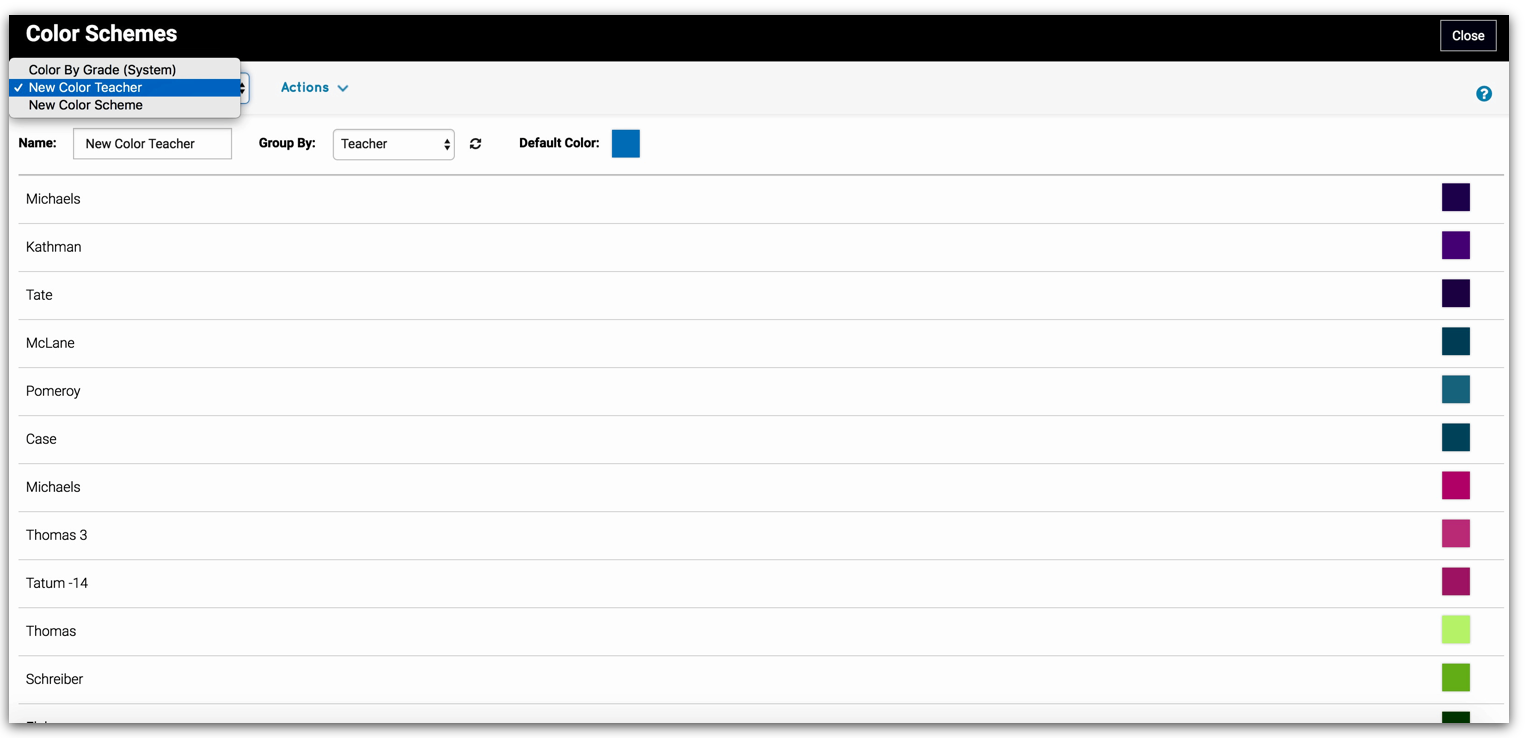

For example, you might give Student One a picture scene, and then give Student Two some paper and markers. This is a great way to practice listening comprehension, following directions, and perspective-taking. Last, you dry off and rinse your feet before you get in the car to go home!”)īarrier games typically involve clients sitting with some sort of barrier between them (or sitting back to back) so that they can’t directly see the other person’s materials. Next, you play in the water and make sand castles. (“First, you find a place to put your towel and umbrella. For example, when given a picture of people at the beach, clients could talk about what happens at the beginning, middle, and end of a beach day. Incorporating picture scenes into your speech session is a wonderful way to work on narrative comprehension and production, which can then be extended into writing activities. You could give the students time to simply look at the picture and ask questions about anything that seems confusing, etc. When used for this purpose, your use of picture scenes for speech therapy might be more open-ended. Picture scenes can be a fun way to build background knowledge prior to reading a new book or beginning a new thematic unit. It can be helpful to have a “picture routine” that you use every time you bring out a new scene, such as asking a familiar set of wh-questions about the picture. Your clients are probably familiar with “looking at pictures,” but might have less experience with picture scenes being used in structured learning. When you begin to use picture scenes regularly, be explicit in terms of what’s expected and why.
#SLP TOOLKIT IMAGE VIEWER HOW TO#
Here are some ideas for how to structure your use of picture scenes during speech therapy: This adaptability means that it’s important to have a plan in place in order to maximize learning while using them. Picture scenes for speech therapy can be engaging and adaptable. How to Use Picture Scenes for Speech Therapy Picture scenes also allow clients to practice oral language skills without necessitating the ability to read. When working with clients who are not yet reading, using picture scenes for speech therapy provides a way to build foundational pre-literacy skills (rhyming, phoneme recognition, etc.). For example, you might share a camping picture scene and have one client finding all the plural nouns in the picture, one client explaining how to make s’mores, and one client making predictions for what could happen next, based on what they see in the picture scene. Using picture scenes during speech therapy allows you to target multiple goals within a single session. Picture scenes for speech therapy can also be selected with the client’s age in mind-perhaps colorful cartoon-type scenes for younger children, and more complex photographs for adolescent clients. They can be digital or printed, they’re easy to transport, and they can be sent home for carryover. One of the best reasons to use picture scenes for speech therapy is their flexibility. Are they into space? Perfect! Space scene it is! Does your client love dinosaurs? Great! Use a dinosaur scene. Using picture scenes for speech therapy allows you to select scenes that appeal to the client’s interests. Picture scenes are an effective part of any SLP’s therapy toolkit, for several reasons: Why Use Picture Scenes for Speech Therapy? In these situations, picture scenes can come to the rescue! This post will discuss some of the reasons why picture scenes are so effective, how to use them in speech therapy sessions, and ideas for where to find picture scenes. The application also has this documentation, you can press F1 to view it at any time.One of the most common challenges for speech-language pathologists is planning activities that can address a variety of therapy targets and engage a variety of age groups. See the documentation for Getting Started Usage should be pretty straightforward, but there are a lot of tips and tricks and shortcuts you can learn.
#SLP TOOLKIT IMAGE VIEWER ZIP FILE#
Look for > Assets under the latest release, expand it, then grab the zip file 1.x.zip. You can sort by Date Created, Aesthetic Score and Rating.Īnd of course, you can view the metadata stored with your image. You can arrange them in albums, view them by folder, see your most used prompts. You can also tag your images as favorites, rate them 1-10, sort them by aesthetic score, mark them as NSFW, blur images marked as NSFW, and auto-tag NSFW images by looking at keywords in the prompt. It scans your 50,000 image collection in seconds and lets you search them by prompt, seed, hash and more. Diffusion Toolkit is an image metadata-indexer and viewer for AI-generated images.


 0 kommentar(er)
0 kommentar(er)
